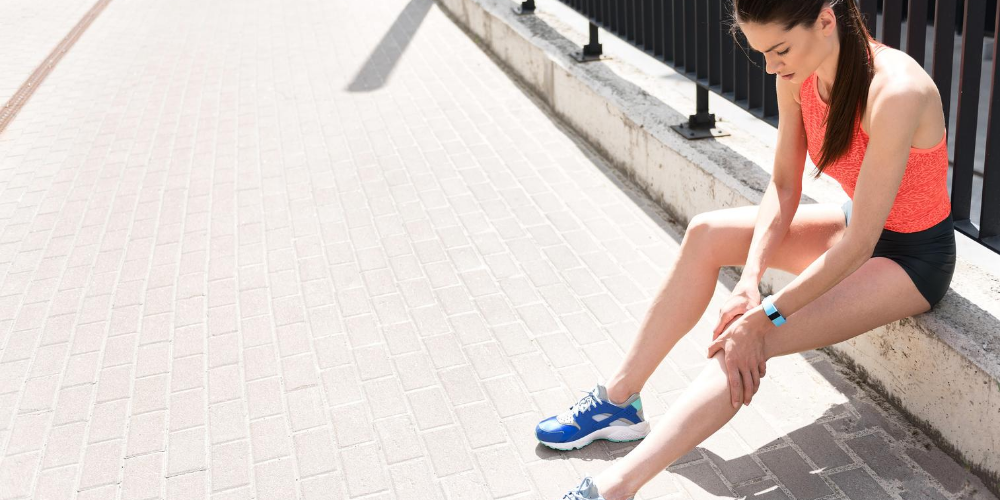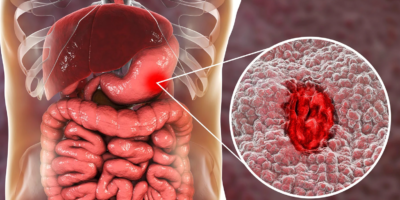

1. Artichoke Heart Salad
How it works: Packed with 135 milligrams of calcium, a medium-size artichoke is a bone support system.
- PREPARATION:
- ¼ red onion, sliced thinly
- 2 tablespoons (30 ml) fresh lemon juice
- 1 pound (455 g) asparagus
- 1 tablespoon (15 ml) olive oil
- 1 jar (13 ounces, or 365 g) artichoke hearts, sliced in half
- ½ pint (225 g) cherry tomatoes, sliced in half
- ½ teaspoon garlic powder
- DIRECTIONS:
Preheat the oven to 400°F (200°C, or gas mark 6). Cover the onion slices with the lemon juice and set aside to soak. Spray a glass baking dish with a light coating of olive oil.
Slice off the ends of the asparagus and line up the spears in the dish. Drizzle the olive oil over the asparagus and toss to coat. Roast for about 10 minutes.
Remove the asparagus from the oven and cut each spear into thirds. In a medium-size bowl, toss together the asparagus, artichoke hearts, and cherry tomatoes. Stir in the onion slices and their lemony marinating liquid. Sprinkle the salad with garlic powder and toss.
- YIELD: 04 SERVINGS
2. Super Green Sauté
How it works: These leafy greens contain a powerful calcium punch. One-half cup (95 g) of cooked collards or (72 g) turnip greens provides about 100 milligrams of calcium. Parsley, pecans, and raisins contain lesser amounts of calcium, as well as other bone-friendly nutrients. Further, leafy greens and raisins are alkaline. That’s important because bones release calcium salts to neutralize excess acid in the body.
- PREPARATION:
- 2 tablespoons (28 ml) olive oil
- 4 garlic cloves, minced
- ¼ cup (28 g) diced pecans
- ¼ cup (35 g) raisins
- 4 cups (144 g) collards, chopped, stems removed
- 4 cups (220 g) turnip greens, chopped
- ½ cup (120 ml) water
- Salt and freshly ground black pepper
- Sprigs of parsley, for garnish
- DIRECTIONS: Heat the olive oil in a large skillet over medium heat. Add the garlic and sauté for about a minute. Add the pecans, raisins, and greens and sauté for 4 to 5 minutes until the greens wilt. Pour in the water and then let it boil away. Remove from the heat, transfer to plates, add salt and pepper to taste, and garnish with parsley.
- YIELD: 02 SERVINGS
- NOTE: Alternatively, add or substitute your favorite greens: Chinese cabbage, kale, mustard greens, dandelion greens, or purslane. Consider adding seaweed, which is rich in a healthy amount of calcium, magnesium, and potassium.
3. Bone-Boosting Tahini
How it works: One ounce (28 g) of roasted sesame seeds contains about 280 milligrams of calcium. Sesame seeds are high in calcium and other nutrients.
- PREPARATION:
- 2½ cups (360 g) sesame seeds
- ¾ cup (175 ml) olive oil, plus more if needed
- DIRECTIONS: Preheat the oven to 350°F (180°C, or gas mark 4). Spread the sesame seeds on a baking sheet and toast the seeds for about 10 minutes, tossing them several times to prevent scorching. Remove the seeds from the oven and let cool for 15 minutes. Place the sesame seeds and olive oil in a food processor. Blend for about 2 minutes to gain a thick but pourable consistency, adding more oil if needed. Store in an airtight container for up to three weeks.
- YIELD: 2 CUPS (480 g)
4. Soy-ful Dip
How it works: Edamame are immature soybeans. Among other beneficial chemicals (protein and calcium), soy contains isoflavones. (The isoflavone content for edamame, however, is not as high as for mature soybeans.) Test-tube and animal studies show that soy isoflavones (compounds that weakly mimic estrogen) inhibit osteoclasts (bone-dissolving cells) and stimulate osteoblasts (bone-adding cells). Rather than consume isolated isoflavones, consider adding tofu, tempeh, or cooked soybeans to meals. One-half cup (124 g) of firm tofu has 258 milligrams of calcium.
- PREPARATION:
- 1½ teaspoons (7.5 ml) olive oil
- ¼ teaspoon ground cumin
- 1 garlic clove, minced
- ¾ cup (113 g) shelled edamame
- 1½ tablespoons (25 g) Bone-Boosting
- Tahini (page 103)
- 1½ tablespoons (25 ml) water
- ¼ cup (15 g) chopped fresh parsley
- Juice of 1 lemon, plus more as needed
- Salt
- DIRECTIONS: In a blender, combine the olive oil, cumin, and garlic. Add the edamame, tahini, water, parsley, and lemon juice and blend completely. Add more lemon as desired for tangier flavor and thinner consistency. Stir in the salt to taste.
- YIELD: 4 SERVINGS
5. Soy Snack
How it works: Raisins and almonds contain calcium. In fact, 1 ounce (28 g) of almonds (20 to 25 nuts) has as much calcium as ¼ cup (60 ml) of milk. Apples and especially raisins are alkalinizing, helping bones retain calcium and reducing the risk of osteoporosis.
- PREPARATION:
- 1 large apple, cored and cut into chunks
- ½ cup (75 g) golden raisins
- ½ cup (50 g) crushed almonds
- 1 cup (230 g) vanilla soy yogurt
- Pinch of ground cinnamon
- DIRECTIONS: In a medium-size bowl, mix together the apple, raisins, and almonds. Blend in the yogurt and sprinkle with cinnamon. Enjoy.
- YIELD: 1 LARGE OR 2 SMALL SERVINGS
5. Pom-Tan-Chia
How it works: One tablespoon (13 g) of chia seeds contains 65 milligrams of calcium, as well as magnesium and potassium. And pomegranate juice is a major source of antioxidants, making this a healthy anytime drink.
- PREPARATION:
- 1 tablespoon (13 g) chia seeds
- 1 cup (235 ml) pomegranate juice
- 1 cup (235 ml) calcium-fortified tangerine juice
- DIRECTIONS: Place the chia seeds in a clean, wide-mouthed pint-size (475 ml) jar, pour in the juices, and stir. Cap the jar and shake until completely blended. Leave in the refrigerator for about 2 hours and then serve.
- YIELD: 02 SERVINGS
Lifestyle Tip
- Go whole. Stay away from processed foods. They are missing the vital natural nutrients in whole foods. Read labels carefully on bread and cereal packages: “whole grain” is the operative phrase.
- Drink green tea. People who regularly consume green and black tea (Camellia sinensis) have a reduced osteoporosis risk. Research suggests that tea enhances bone mineral density, increases the activity of bone cells, producing more bone, and inhibits cells that break down bone.
When to See the Doctor
- Keep up with annual exams, especially as you crest age 50.
- Talk to your doctor about his or her assessment of your risk for osteoporosis. Most physicians recommend that women get a bone density test at age 65. Women considered at higher risk may need the screening test sooner. Risk factors include a family history of osteoporosis, small frame, premature menopause, hyperthyroidism, anorexia nervosa, and long-term use of corticosteroid medications.
- Make an appointment if you notice you’ve lost height, have become slumped or hunched in your upper back, or develop the sudden onset of back pain (which could signify an osteoporotic vertebra collapsed).






Leave a Reply